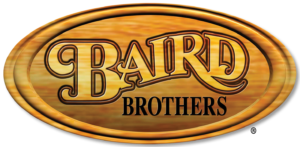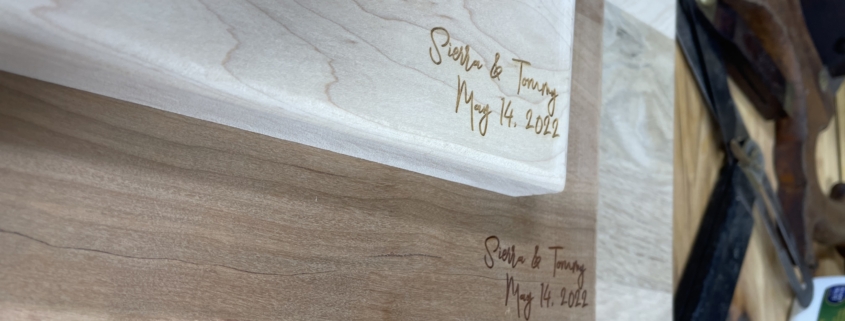A Woodworker’s List: Best Solid Woods Used In Wood Furniture
DIY furniture making and woodworking projects are all the rage on social media platforms. And, while woodworking was once dominated by ultra-experienced craftsmen, in today’s world, more and more people are getting comfortable with the idea of putting their individual creativity to work. But, how do you know what types of wood are best for your project?
How-to videos are all over the internet – you can even find some on our Content Studio – and they’ve opened up a world of possibilities, whether you’re a woodworker with decades of experience or a homeowner looking to dabble in an interior upgrade.
What Wood Furniture Styles are Popular Now? Trends To Keep an Eye On!
Of course, styles change, and moving into the new year is no different. But, the newest trends might be a little more unexpected than you’d think! Of course, the best wood to use for your project depends on your personal taste, but let’s take a look at some of the hottest trends.
Earthy, Grounding Solid Wood Colors
It really doesn’t matter what kind of wood you use for your project – most everything can be stained to the desired color you’re trying to achieve. And while light-colored wood flooring has been all the rage for quite a while, dark brown colors are poised to make their way back into the limelight for fine furniture. Whether you’re considering tackling a tougher DIY project (like making a dining table), or are dipping your toe in the water with a custom-made cutting board, it’s worth considering an earthy dark tone.
If you’re considering a painted project, many of our customers who use our finger-jointed trim and finger-jointed dimensional lumber are leaning toward shades of green and soft neutrals.
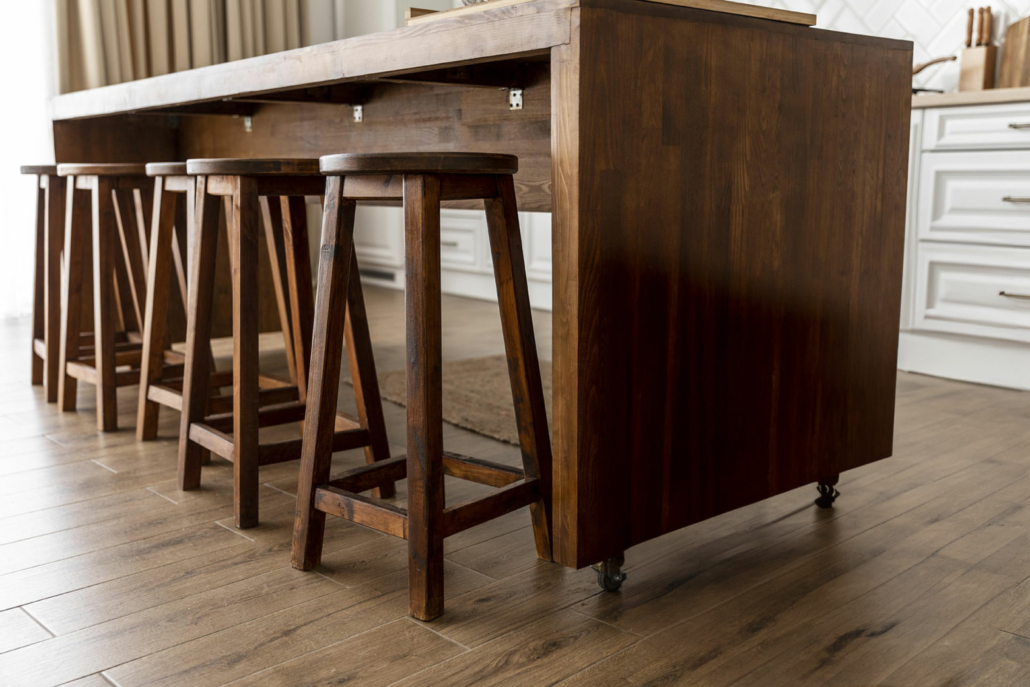
Sustainable Interior Design Elements
Sustainability for interior design doesn’t have to mean thrifted furniture pieces and refurbished cabinets that still have outdated accents. If you’re hesitating to use that piece of wood you fell in love with for a DIY project, it’s worthwhile to know that hardwoods store carbon even after the tree has been harvested!
When North America’s hardwoods are sustainably harvested, they actually help to slow climate change as opposed to accelerating it (unlike highly manufactured alternatives, such as plastic). In fact, wood is the greenest building material there is!
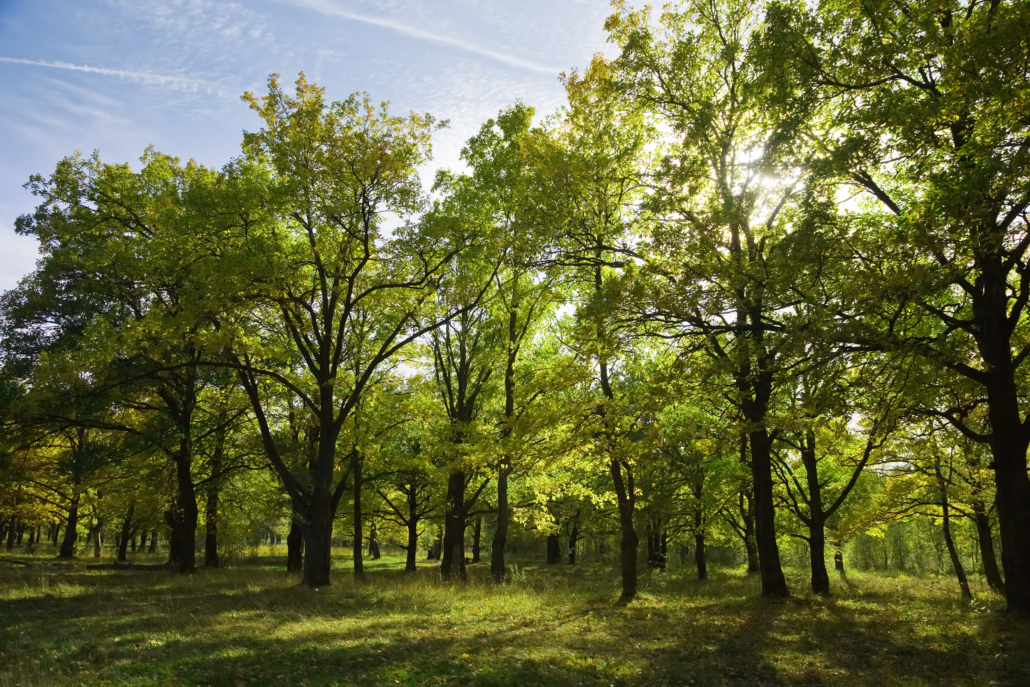
Curved Solid Wood Furniture and Accent Pieces
Gone are the days of modern interior design’s square edges and 90-degree angles. Curved furniture has blasted onto the stage and doesn’t look to be going away anytime soon!
Rounded curves help to soften a space, deliver versatile design and add an element of shape to an otherwise square or rectangular room.
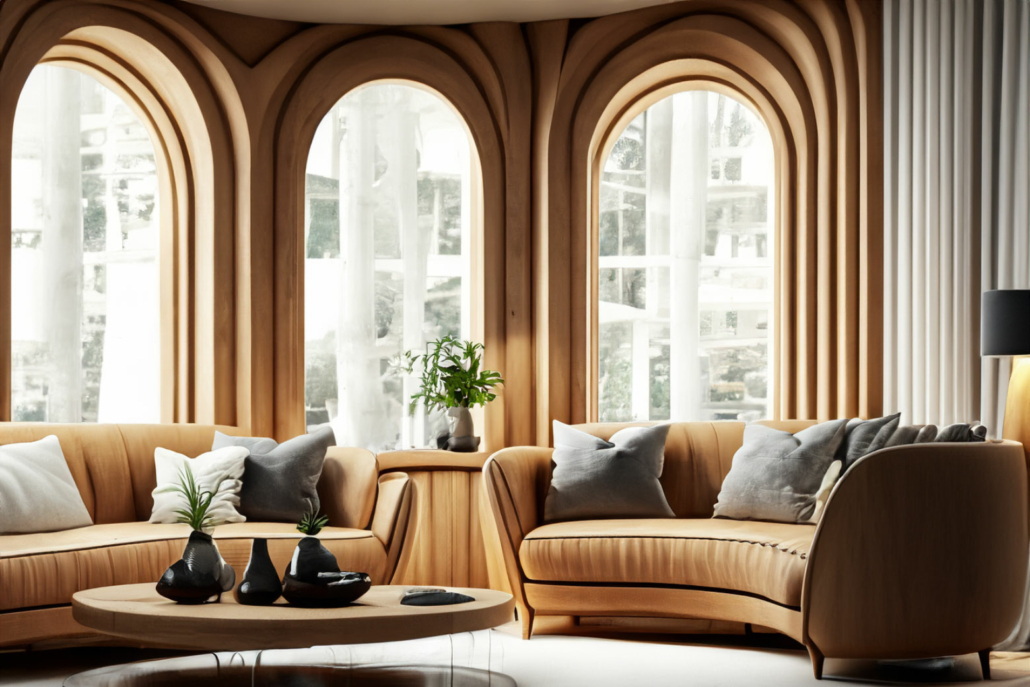
Leading Wood Species for Woodworking Projects
When it comes to wood species for furniture making, cabinetry and more, there are two options: hardwoods and softwoods.
Hardwoods are strong, durable, and resistant to moisture, coming from deciduous trees with a higher density. These qualities make hardwoods ideal for flooring and furniture because they won’t warp or crack as easily. In fact, almost all high-quality furniture pieces are made from hardwoods.
Softwoods typically come from evergreen trees, and while they can be an easy option when using hand tools, it can be difficult to find pieces free of knots. It’s also important to keep in mind that softwoods do not stain well and are susceptible to warping.
Top 8 Hardwood Species for Furniture, Cabinets and More

1. Walnut
Walnut is strong and durable, but not heavy. It can be one of the more expensive solid wood options as it’s considered a high-end, premium wood. Walnut has a darker, unique color with a tight grain, and has a Janka rating of 1010.
Walnut is often used for high-quality furniture (like dressers and tables), flooring and kitchen accessories (like cutting and charcuterie boards).
2. Cherry
From a lighter pink hue to a reddish-brown color, cherry wood has a straight wood grain and is one of the more popular (expensive) hardwoods. It has a natural tendency to darken over time and comes in at 995 on the Janka scale.
Cherry is popular for carvings, millwork, furniture, doors, cabinetry and paneling.
3. Mahogany
Talk about a wood species that has a long history in furniture making! Mahogany has been used for centuries. Like cherry, mahogany darkens over time and is a very workable hardwood. All that said, this species can be an expensive option because it’s not widely available.
Mahogany is often used for turned items, veneers, furniture and boat building.
4. Maple Woods
Maple is a popular option beyond furniture making. The grain is typically straight, but there are instances where it has a curly appearance. There are two types of maple: hard maple and soft maple. Don’t let the names fool you though. Even soft maple is a durable, popular hardwood option!
Hard Maple
Hard maple – also referred to as sugar maple – is the same tree species that is tapped to make syrup (Get it? SUGAR maple!). It has a Janka rating of 1450 and can be moderately priced due to its durable properties and popularity. Curly maple, in particular, is often used for high-end furniture pieces and fine woodworking.
Hard maple is popular for flooring where durability is a concern (ex. bowling alleys), butch block, turned items and furniture.
Soft Maple
Like we said earlier, don’t let the name fool you – soft maple is still a popular hardwood. This type of maple turns well but can be blotchy when stained. Soft maple is also a general term used to describe multiple species (ex. Red maple, silver maple, etc.).
Soft maple can be used for instruments, turned items and smaller projects.
5. Oak
When it comes to oak wood, there are countless species, and these types of trees grow throughout North America, South America, Europe, Asia and Northern Africa. Oak is very durable and used for producing high-end pieces of furniture, doors, flooring and much more. Depending on the sawing pattern, oak (both red and white) can have distinct appearances and varying prices.
White Oak
White oak has been one of the most popular species over the past several years – especially when it comes to flooring. Its light, neutral color makes it one of the most sought-after options, and it responds very well to staining. White oak has a Janka rating of 1360, and its straight grain patterns, flecking and durability are second to none.
White oak is popular for cabinetry, flooring, trim, boatbuilding and veneers.
Red Oak
When cut into quarter sawn sections, red oak can have the popular flecking that is also seen in white oak. Its Reddish-brown heartwood and light brown sapwood both deliver a straight grain pattern, and this species sits at 1290 on the Janka scale. In regard to workability, you can find good results with both hand and machine tools.
Like white oak, red oak is popular for cabinetry, flooring, trim and veneers.
6. Poplar
Sitting at 540 on the Janka scale, poplar is one of the softest hardwoods you’ll see on this list. While it’s extremely easy to work with, it can sometimes result in a fuzzy appearance and needs to be sanded with fine-grit sandpaper. Poplar is widely known for its uniform grain, which responds well to painting.
Poplar is considered a utility hardwood, making it good for furniture frames, painted mouldings and plywood.
7. Teak
This tropical hardwood has natural oils that leave it termite- and pest-resistant. Hailing from Asia, Africa and Latin America, teak is also one of the most expensive hardwoods and sits at 1155 on the Janka scale.
Teak wood doesn’t have to be treated with oil or varnish and is commonly used for outdoor furniture, turning, carvings and boatbuilding.
8. Rosewood
A deep brown or purple wood, rosewood comes in at 1780 on the Janka scale. However, this species is extremely rare, not native to North America and is one of the most expensive wood options you will come across.
Rosewood is most often used for inlays on instruments, furniture making and decorative items.
Softwoods Have Their Place in Furniture Making, Too!
Softwoods are evergreen trees (coniferous) and have a coarse grain pattern with a lower density. They’re easy to work with, and they make for great outdoor furniture that’s resistant to weathering.
Softwood species are also used for framing, moulding and windows.
9. Redwood
Redwood trees are some of the tallest on the planet. Nearly all heartwood has a red coloring and it is 420 on the Janka scale. Outer growth rings are white sapwood, and redwood is most often used for beams, exterior furniture and small specialty projects.
10. Pine
Pine sits at 460 on the Janka scale. For that reason, it is most often used for construction lumber. Pine wood is generally a medium texture and offers a straight grain, sometimes with knots throughout the lumber.
Pine has high workability and can be used for carvings and boatbuilding.
11. Cedar
Western cedar is soft at 350 on the Janka scale, and because of its softness, tends to dent and scratch easily. Cedar has a coarse texture with straight grain, a reddish brown heartwood and pale yellow-white sapwood.
Western cedar is a popular choice for closets, chests, shingles and exterior siding.
The Downfalls of Engineered Wood
Sometimes, your budget can steer you down a less costly road when making different types of furniture, and that’s when people typically consider engineered wood. There are three popular engineered wood options: plywood, MDF and particle board.
Plywood
Plywood is created by gluing thin layers of veneer together. When used for interior purposes, plywood is an option for various pieces of furniture and cabinets. However, it’s weaker than hardwoods and not always easy to carve or sculpt.
MDF
With MDF, tiny fibers from different wood species are bonded together with synthetic resins. Easy to work with, it can be painted and used to make mouldings, shelving and certain furniture applications. There are some disadvantages to MDF though; it’s not as strong as solid wood and is more susceptible to moisture damage.
Particle Board
Made up of sawmill shavings, wood chips and other wood particles, particle board is bound with adhesives and then pressed into sheets. It can have a smooth surface but is weak, has a short lifespan, can warp with moisture and can even cause respiratory problems.
Baird Brothers: Different Types of Lumber for Different Types of Projects!
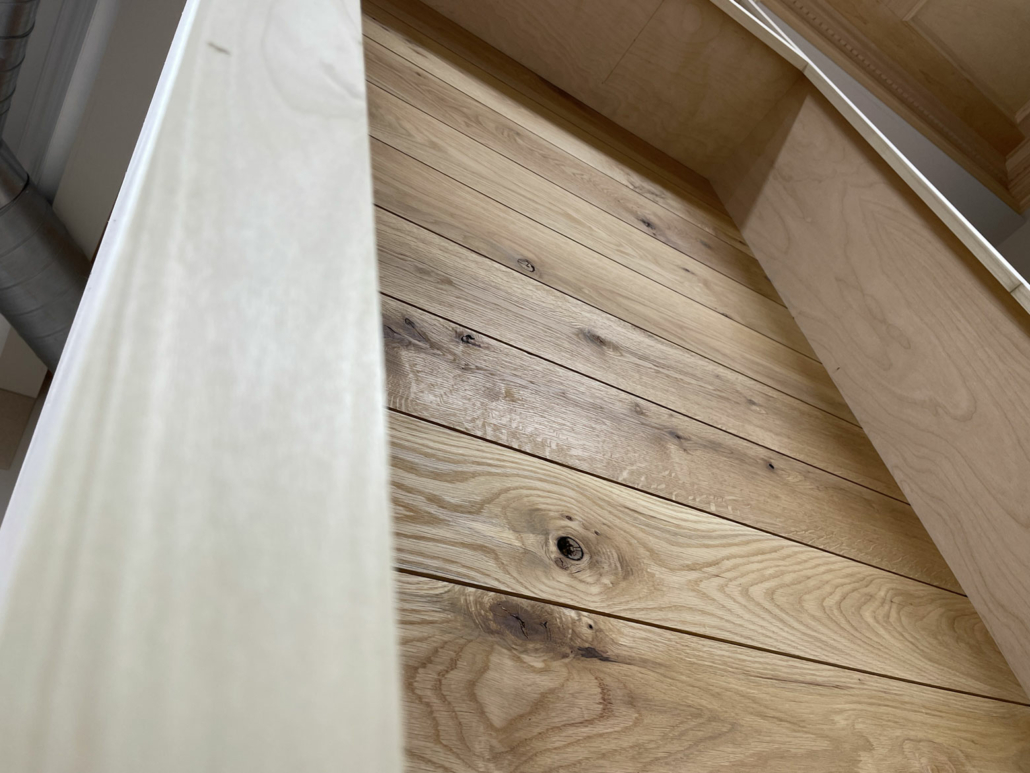
Furniture made from hardwood (and even softwood) is a lasting investment that will provide years of beauty and durability in your home. Maybe you have your heart set on the classic look of oak. Or, perhaps you’re seeking a more exotic solid wood like teak. Either way, finding the perfect wood doesn’t have to be daunting.
Baird Brothers offers an incredible selection of real wood options for your project, whether it’s an intricate design for an experienced woodworker or a simpler creation for someone just getting into the hobby. With our knowledgeable staff and ample inventory, we’re ready to help you find the right type of wood to finish off any project with style and precision. Get creative with your choices, add some modern flair to wood furniture or simply get used to creating your own small pieces. Whatever you dream up, Baird Brothers Fine Hardwoods is here to help you get started!
